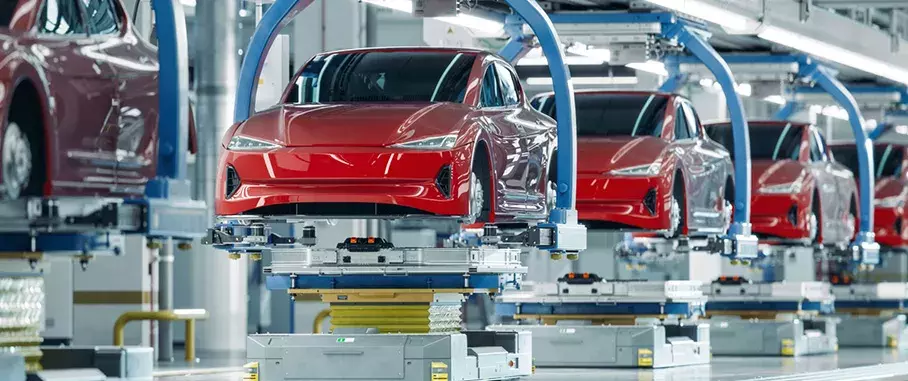MetLife Investment Management
MetLife Investment Management (MIM) enables insurance companies to leverage the 150-year history of our parent, MetLife, Inc., and partner together to invest on their behalves. MIM has a long track record of investing for insurance companies globally; we combine this experience with a client-centric approach and deep asset class expertise. Focused on managing private debt, real estate and public fixed income, we aim to create customized portfolio solutions across the risk spectrum, including income oriented, constrained portfolios as well as total return strategies. We listen first, strategize second, and collaborate constantly to meet clients’ long-term investment objectives.
Madhavi Chugh
Managing Director
Institutional Client Group - Insurance
+1-609-216-6691
madhavi.chugh@metlife.com
One MetLife Way
Whippany, New Jersey 07981


